Refine listing
Actions for selected content:
2251 results in Cambridge Elements

Space, Place, and Bestsellers
- Moving Books
-
- Published online:
- 17 May 2024
- Print publication:
- 13 June 2024
-
- Element
- Export citation
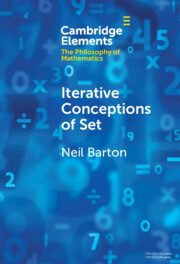
Iterative Conceptions of Set
-
- Published online:
- 15 May 2024
- Print publication:
- 13 June 2024
-
- Element
- Export citation
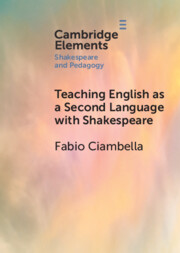
Teaching English as a Second Language with Shakespeare
-
- Published online:
- 15 May 2024
- Print publication:
- 13 June 2024
-
- Element
- Export citation
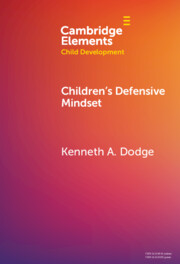
Children's Defensive Mindset
-
- Published online:
- 14 May 2024
- Print publication:
- 06 June 2024
-
- Element
- Export citation
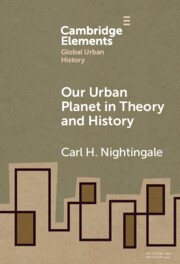
Our Urban Planet in Theory and History
-
- Published online:
- 14 May 2024
- Print publication:
- 06 June 2024
-
- Element
- Export citation
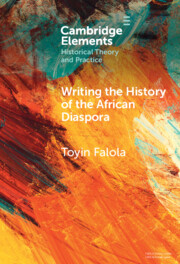
Writing the History of the African Diaspora
-
- Published online:
- 14 May 2024
- Print publication:
- 06 June 2024
-
- Element
- Export citation
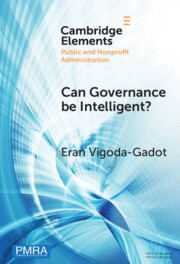
Can Governance be Intelligent?
- An Interdisciplinary Approach and Evolutionary Modelling for Intelligent Governance in the Digital Age
-
- Published online:
- 14 May 2024
- Print publication:
- 06 June 2024
-
- Element
- Export citation
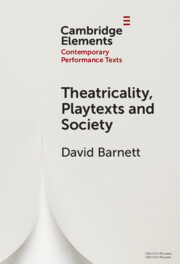
Theatricality, Playtexts and Society
-
- Published online:
- 13 May 2024
- Print publication:
- 06 June 2024
-
- Element
-
- You have access
- Open access
- HTML
- Export citation

Evolutionary Games and the Replicator Dynamics
-
- Published online:
- 13 May 2024
- Print publication:
- 06 June 2024
-
- Element
- Export citation
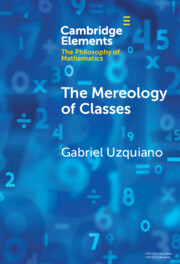
The Mereology of Classes
-
- Published online:
- 13 May 2024
- Print publication:
- 06 June 2024
-
- Element
- Export citation
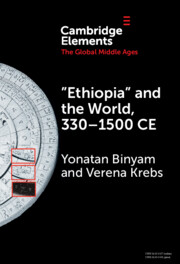
‘Ethiopia’ and the World, 330–1500 CE
-
- Published online:
- 11 May 2024
- Print publication:
- 30 May 2024
-
- Element
- Export citation
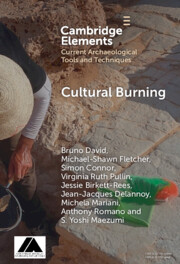
Cultural Burning
-
- Published online:
- 10 May 2024
- Print publication:
- 06 June 2024
-
- Element
-
- You have access
- Open access
- HTML
- Export citation
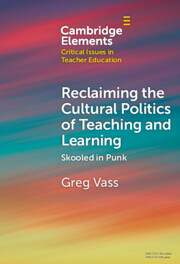
Reclaiming the Cultural Politics of Teaching and Learning
- Skooled in Punk
-
- Published online:
- 09 May 2024
- Print publication:
- 23 May 2024
-
- Element
- Export citation

Computational Construction Grammar
- A Usage-Based Approach
-
- Published online:
- 08 May 2024
- Print publication:
- 06 June 2024
-
- Element
- Export citation
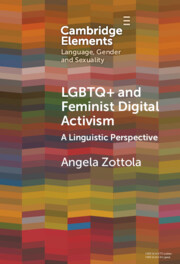
LGBTQ+ and Feminist Digital Activism
- A Linguistic Perspective
-
- Published online:
- 08 May 2024
- Print publication:
- 06 June 2024
-
- Element
- Export citation
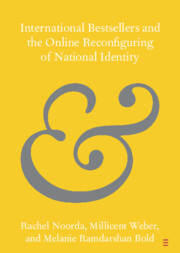
International Bestsellers and the Online Reconfiguring of National Identity
-
- Published online:
- 03 May 2024
- Print publication:
- 23 May 2024
-
- Element
- Export citation
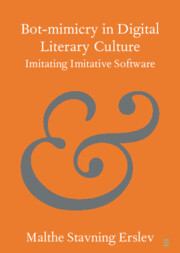
Bot-mimicry in Digital Literary Culture
- Imitating Imitative Software
-
- Published online:
- 03 May 2024
- Print publication:
- 30 May 2024
-
- Element
- Export citation
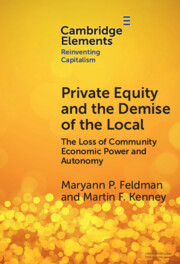
Private Equity and the Demise of the Local
- The Loss of Community Economic Power and Autonomy
-
- Published online:
- 03 May 2024
- Print publication:
- 23 May 2024
-
- Element
- Export citation
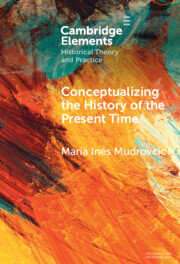
Conceptualizing the History of the Present Time
-
- Published online:
- 03 May 2024
- Print publication:
- 30 May 2024
-
- Element
- Export citation
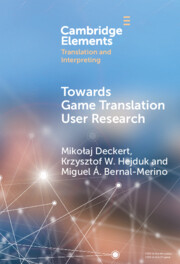
Towards Game Translation User Research
-
- Published online:
- 02 May 2024
- Print publication:
- 23 May 2024
-
- Element
- Export citation
